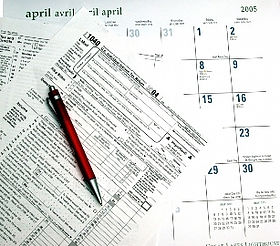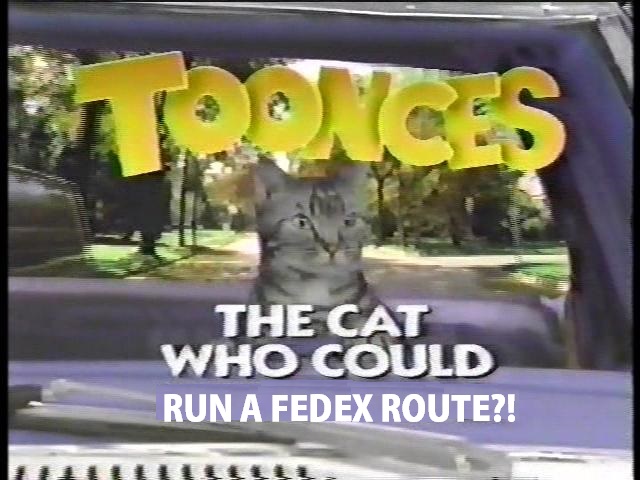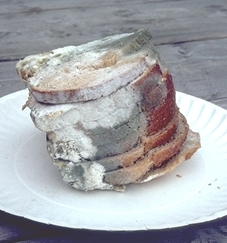New route buyers are treating buying a route business like any other typical business. Sure there’s piles of revenue, it’s stable, and it’s got a huge brand name backing the route. But, when it comes down to buying the route (especially a bread route in this case), a newbie will ask the following question:
What’s the bottom line?

It’s a great question to ask, and one that you have to figure out before you even make an offer. However, routes are a little different in this regard. I look at the bottom line figures and net profits on routes quite often throughout the years of helping people find profitable routes. Here’s the deal though…
If a route is mismanaged it might have a ton of revenue but low cash flow. This discourages newbie buyers from buying the route, but with experience or consultative help, you can still snatch the opportunity the route might have. Let’s look at some common examples.
With FedEx routes, the three big things I’m looking at are:
Payroll
Truck maintenance
Gas
With bread routes, I’m also looking at payroll and trucks, but also stales.
Payroll
Truck maintenance
Stales
These three elements can vary greatly: Truck Maintenance, Payroll, and Stales.
TRUCK MAINTENANCE:
I’ve seen FedEx routes not showing good net profit numbers because the owner had a junky truck with 400,000+ miles on it, and kept repairing every little thing that went wrong. Mechanics costs were eating him alive as well the additional cost for a rental. The owner just simply needed to let the truck go and buy a new one. It’s a bit of an art form to know when exactly to do that, but a quick investment in a late model used truck would pay solid dividends when it comes to long term net profits.
Trucks that run too well can be just as much of an example of mismanagement.
How so? Because I sometimes see owners spending $80,000 for a new truck and take on huge payments for the truck, crippling the net profits. Now maybe they think, “Well, I don’t want to worry if something goes wrong! It’s nice and new!” Here’s the reality – keep your nice and new vehicle for your personal car. For a work truck, as long as it runs reliably, it doesn’t matter how pretty (or ugly) it is.
Truck has a big dent in the side? If it delivers, then who cares.
Truck doesn’t have A/C? Roll down the windows, because if it delivers, I don’t care.
Truck look like Toonces the Driving Cat ran the route last week? Well, you know the rest.

PAYROLL:
The next big variable to look at is payroll.
I often see routes with friends or family members helping out the owner. This often translates into people getting paid way too much. It cripples the net profits of a route to look at the current cost of the employee if they’re too high. You need to always ask, “Can I get someone for less?” If the answer is yes, you need to adjust your evaluation accordingly. I know what you’re thinking though,
Mr. Route Tycoon, if they could pay less, they would! I know business!
For the most part, you’re right. But with routes, consider the fact that a lot of friends, long time employees (that have become friends), and family are helping run routes and are getting paid WAY too much. It also makes owners become lazy from the idea of posting a job ad, interviewing real candidates, and inevitably having to go through 2-3 bad employees before you snag yourself a solid worker at a good wage (for both you and the employee).
Back when I was new to all this, I had an employee demand a raise or he’d quit. I just rolled over and gave a raise when I should have let him walk and found someone new. Don’t think for a second other owners aren’t getting into the same situations over the course of years owning routes.
STALES (AKA CREDITS, RETURNS):
This is only relevant to bread routes, but if you’re seeing excessive amounts of stales, or worse yet, NO stales at all, there’s opportunity to be had.
Stales are easy to fix, they take very little brain power and it’s a simple process to fix for the most part. Yes, it saves time to just blindly make historical orders without looking at the demand increasing or

decreasing for certain products, but it costs you in increased stales in that you’re incurring. It’s definitely not a difficult process, but it takes time, and employees (commonly paid a fixed weekly rate) have a huge incentive to not pay attention to proper ordering or their stales (since they just want to get home asap), and owners are usually making pretty good money as is and would rather just call it a day and get home themselves.As a good business owner and route manager, you want to incentivize your employee for having low stales.
No stales at all is also bad. That means the products are selling off the shelf completely, making your product completely sold out, preventing your route from growing (since you didn’t know how many products you potentially could have sold), and grocery store managers are probably upset with you.
CONCLUSION:
In the end, don’t be so concerned with net profits on a route. You definitely need to see it, but you also need to see the revenue most importantly to be able to aptly see if there are places to ‘trim the fat’ in your expenses. With routes, cutting those costs is usually very easy and simplistic, but you need to know to look for them to begin with and not miss a great route because the initial net profits didn’t look high enough. Get the full picture and then make an informed decision. Of course, the main expenses I’ve listed above aren’t by any means comprehensive, and using the net profit to revenue ratio to interpret room for growth is more applicable in bread routes, it definitely can still apply in certain situations with FedEx.

